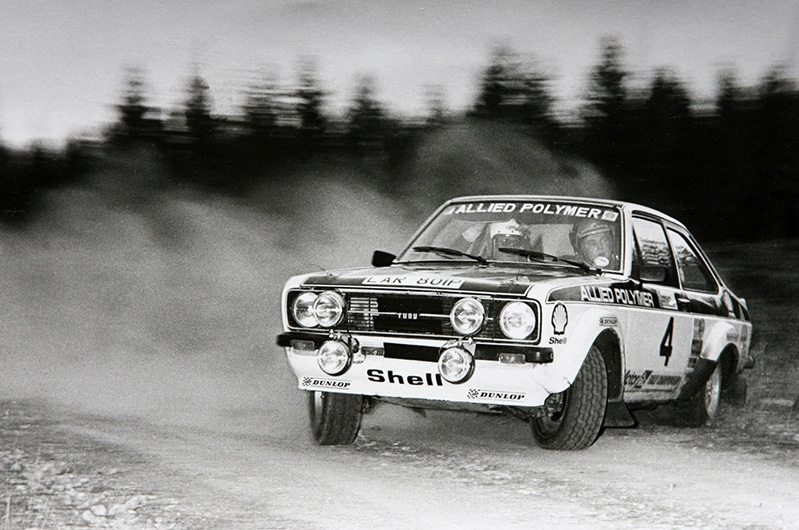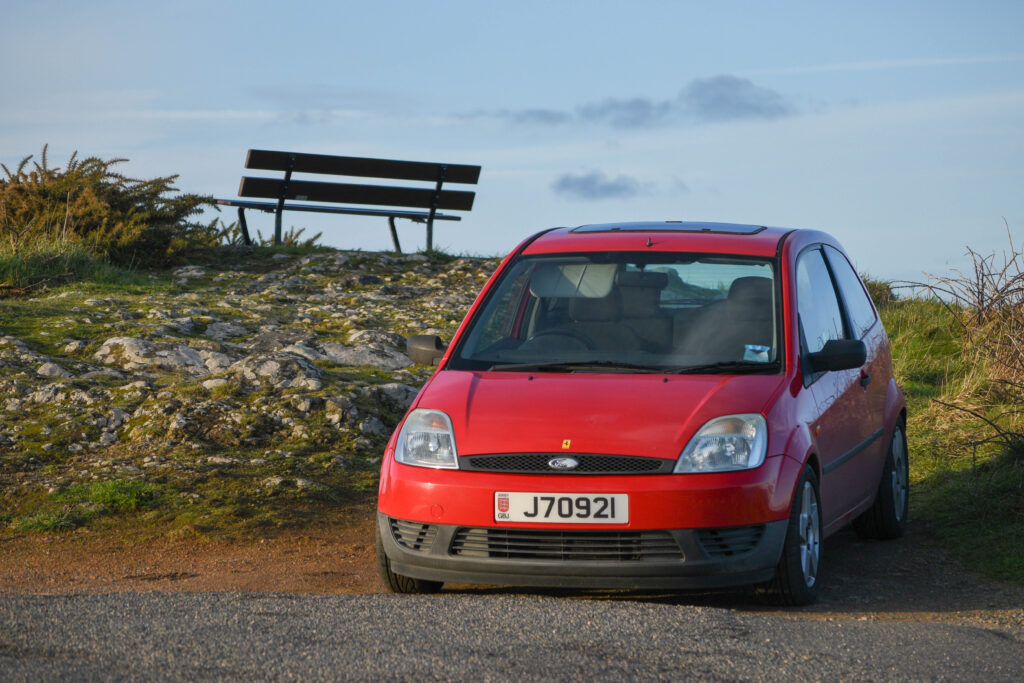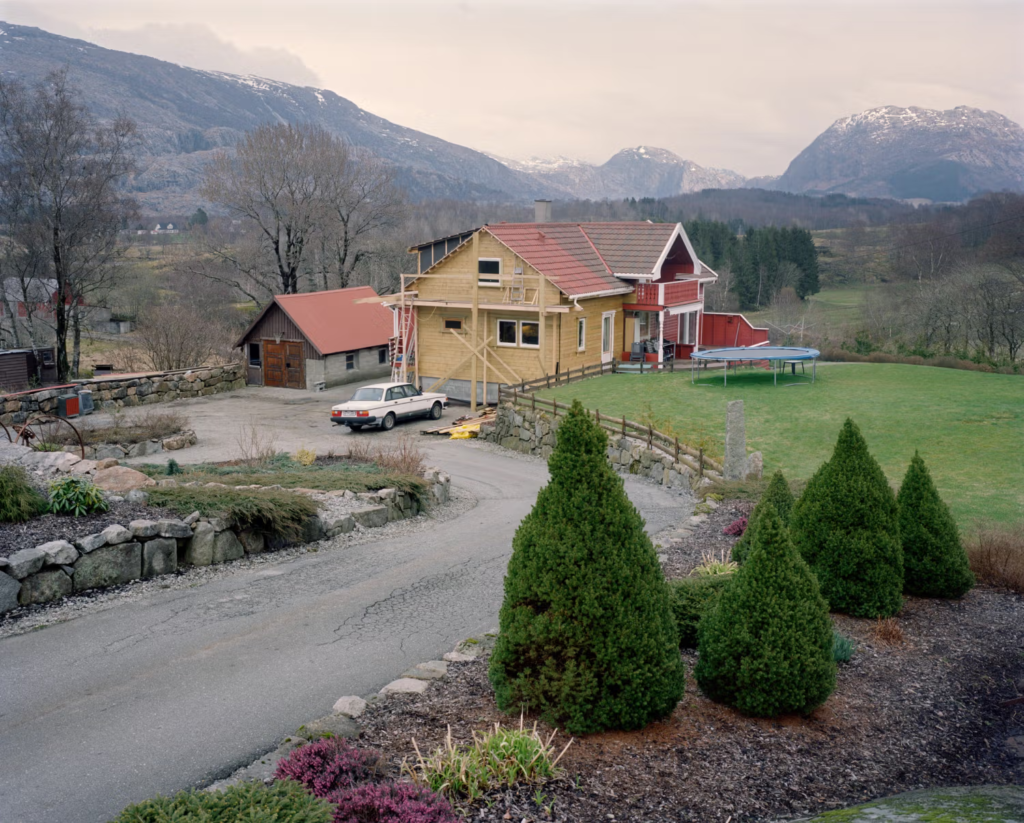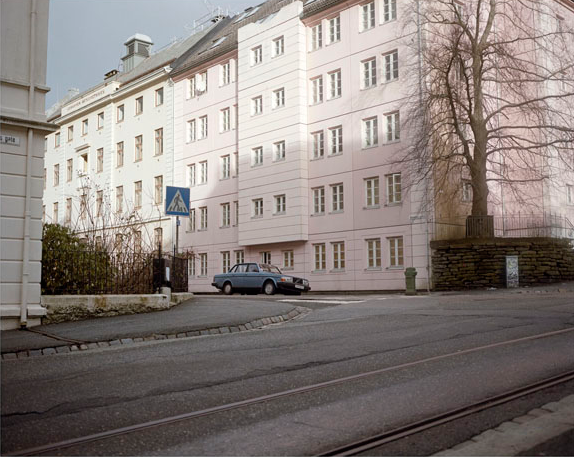The connection between man and car is far more special than what the eye can see, the whole is greater than the sum of the parts. When one is in control of a car, there exists a greater bond between the two, where the car’s built purpose is in action, and the driver instinctively manoeuvres the car, sometimes perfectly balancing the thin line of the car’s limitations. This connection is not just a physical connection, but an innate response to the forces that the car’s mechanical functions impose. Whether you are a regular driver on the road, or a rally driver with a performance-optimised car, it is this innate response that ultimately determines every movement the car makes. This is arguably one of the most important aspects of the relationship that a driver develops with their car, and it is from here that the relationship cultivates. It is here, where the car becomes animate and feels alive, where a driver becomes enwrapped and connected with a car, that the car’s soul is found. This is something that people who are not interested in cars do not understand. A quote by Jeremy Clarkson sums this up perfectly, “It’s what non-car people don’t get. They see all cars as just a ton and a half, two tons of wires, glass, metal, and rubber, and that’s all they see. People like you or I know we have an unshakable belief that cars are living entities… You can develop a relationship with a car and that’s what non-car people don’t get…”. In this essay, I want to explore the many ways one can develop a relationship with a car, and how this relationship, from extreme to simple, is directly reflected in the car’s soul. To demonstrate this photographically, I will first analyse the infamous rally photographer Maurice Selden, and show how his photographs visibly express the souls of the rally cars he captured.

This is a perfect example of how Maurice Selden was able to capture the true essence of the velocity and intensity of rallying in a single photo. This photo is actually one of his personal favourites, as stated in an interview with RallySport Magazine, and it evidently expresses the trust that Ari Vatanen had in his car. In 1976, Maurice Selden was just starting out his long and prolific career as a rally photographer, and was luckily sent to the Granite City Rally where he captured this photo of Ari Vatanen in his brand new Mk2 Ford Escort. “It was a standard joke among photographers that if Ari was the next car we should take a couple of steps back, as he always appeared faster and used more of the road than other drivers. Just from the sound of his engine, I could tell that he was much faster than the previous cars”. Ari entered the right-hand turn much faster than expected, and had to turn in quickly and swing the rear out, then steer in the opposite direction and use the power of the rear wheels to push through the corner, battling with the steering and throttle to stay on the dirt track using whatever finite amount of grip he could find with the front wheels. During this intense bout of focus, Maurice Selden was stood on the inside of the corner a couple steps away from the road, and had set up his camera flash to compensate for the lack of daylight. Once Ari Vatanen instantly barrelled through the corner, Selden followed him with his camera and took a number of burst photos in rapid succession. This specific photo truly captures the raw essence of rallying; the motion blur combined with the scattering dust captures the driver’s dedication to speed, and his calm and focused facial expression combined with the wheel angle shows he has a massive amount of trust in his car. It clearly demonstrates the instinctive connection that rally drivers have with their cars: he simply looks at where he needs to go and subconsciously understands exactly what inputs the car needs in order to get there. And fundamentally, in rallying it is this level of understanding, trust and dedication from the driver that ultimately determines how much soul the car has. In this photo, the soul of the car is outstandingly striking; the face of the Ford Escort shines gleamingly in focus, illuminated by the quick flash of the camera, and the car looks so balanced and controlled even while being pushed so close to its limits. It is so clearly evident to me that, in this photo, Maurice Selden captures not only the car at its most extreme point, but also the relationship between the car and its driver that enables this ability to balance on the car’s thin line of limitation.
However, this relationship is very different to the majority of car owners who just use their cars for safe transport. These cars are not built to maximise speed or agility, rather they have been built for functionality and practicality. This is where these relationships evidently differ, a daily driver simply doesn’t have to drive on the edge of the car’s capability, and therefore these drivers will build a more personal relationship with their cars, one that involves more emotional connections (memories, family, places the car has been, etc.). It is these connections that ultimately create this relationship, I’m sure you can nostalgically remember a family car or a classic rust bucket that your father never quite finished working on. But there are so many ways that a person can develop a relationship with a car that I simply cannot express every view. A car can go through so many owners throughout its life, it is immeasurable how many memories the car has created. However, there is one way I can truly express my perspective, and that is to present to you my own car, the Ferrariesta.

The Ferrariesta is a 2004 2-door Mk6 Ford Fiesta ‘Finesse’. It has a 1.25L Duratec which makes no power at all, and a leaky sunroof which drips water onto the passenger seat every time it rains. The name ‘Ferrariesta’ originated from when my brother owned it before me, simply because of its formula red paint job, although we have no idea who actually came up with the name. However, since then the Ferrariesta has become somewhat of an icon to me; it is my first car, my first access to the freedom of the open road, and the perfect car to fit coilovers and wheel spacers onto. Since my ownership, this car has transformed into a timeless hatchback that will probably break down and be scrapped within the next 20 years. But through all of its imperfections, to me, the Ferrariesta is perfect; the value of this car is immeasurable.
Overall, the point is this; every driver develops a different relationship with their car. Some are much less considerate about damaging their car, others develop a very personal relationship with their car, but in general, every driver has the appreciation for the freedom that their car provides them. Every driver appreciates these beauties of mechanical defiance that will take them anywhere in the world, without complaining, and there is no better way to portray this than to show you Helge Skodvin’s study of urban Volvo 240s, a car that will never back down, in the harsh environment of Norway that it was designed to thrive in.

240 Landscapes is a simple photobook created by Helge Skodvin, which is made up of Volvo 240s in various different landscapes in Norway. In each image, a different 240 is presented, and the viewer is left to question what each 240 represents when its environment is factored in. In this photo, the 240 is meant to represent a family car, it brings a sense of nostalgia and memory, something I’m sure you can relate to when recalling a family car and the roadtrips you may have taken in it. The souls of these 240s become so clearly evident when put in conjunction with their environments; some live in harsh, mountainous conditions, others live in peaceful cities or multi-story car parks.

But the point of the book is understanding this: the Volvo 240 was designed to be the safest and most reliable car in the market, every Volvo was designed to suit the needs of the driver. And subsequently, since every 240 was designed to live forever, a lot of 240s are still driving today nearly 40 years after they were manufactured, including all of the Volvo 240s in 240 Landscapes. Each of these Volvos has lived long lives, each with their own imperfections and modifications, and the lives they’ve lived is ultimately dependent on the environment that both the 240 and its owner live in.
CONCLUSION
Bibliography
Jeremy Clarkson (2009). – Interview from “Love the Beast” (released March 12, 2009), a documentary made by Eric Bana and Pickup Truck Pictures (production)
Peter Whitten (2018). – Interview for RallySport Magazine – https://rallysportmag.com/maurice-seldens-top-10-rally-photographs190318/
Helge Skodvin (2015). – 240 Landscapes (photobook) – https://helgeskodvin.no/240-landscapes

There are some connections you can start making with various aspects of photography that we have learned throughout the course here …
“The Decisive Moment”
The “Sublime” and even Romanticism
(see Turner’s paintings of Rain, Steam and Speed 1844 …The painting is interpreted as a celebration of travel and new technological power, with the railways representing the convergence of technology and natural forces. These elements create an emotional tension associated with the overwhelming power of the sublime.